Full Moon & Sunset Cruises return this upcoming weekend. Get your tickets early, both tend to sell out fast. Also, do not miss your chance to experience a narrated historic boat tour led by interpreters from the Hempsted Houses of CT Landmarks!
Friday, August 16th
Saturday, August 17th
Hop-On, Hop-Off Harbor Cruise | 11AM-6PM
1:05PM
Monday, August 19th
Full Moon Cruise on the Thames | 9:30PM
More Information:
All Historic Boat Tours & Evening Cruises depart from City Pier New London.
Hop On, Hop Off Harbor Cruises have three departure locations along the river.
All boat excursions allow soft coolers and snacks onboard. Please note, all glass is prohibited and there is no restroom on the boat.
#DiscovertheThames #VisitCT #ExploreNewLondon


